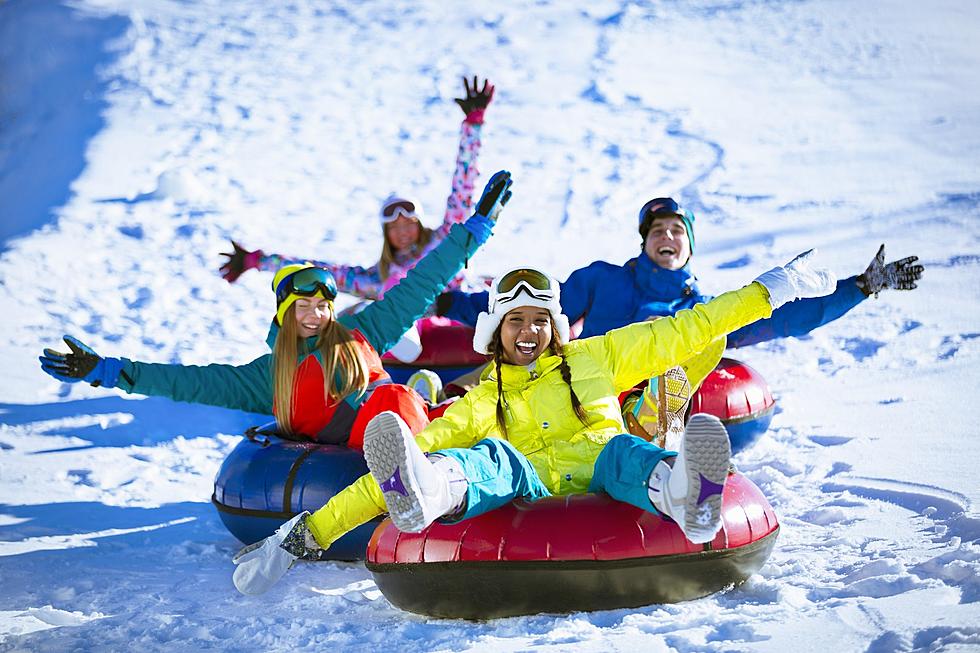Winter brings a plethora of outdoor activities, and among the favorites are sledding and snow tubing. While these activities offer a thrilling experience, they also come with potential risks, particularly when it comes to safety on snow tubes. In this article, we'll explore the safety aspects of snow tubing and provide essential tips to ensure a fun and secure winter adventure.
Understanding the Risks:
According to a study by the American Academy of Pediatrics, sledding and snow tubing injuries, including concussions, are not uncommon. The report indicates that 30% of children hospitalized due to sledding injuries suffered significant head injuries, with 10% of these cases resulting in permanent disability. Additionally, the National Electronic Injury Surveillance System database recorded over 20,000 annual emergency room visits for sledding injuries in patients 19 years old or younger.
The Importance of Proper Equipment:
To mitigate the risks associated with snow tubing, it's crucial to start with the right equipment. Always opt for a proper snow tube and avoid makeshift alternatives like lunch trays or cardboard boxes, as they can be pierced by objects on the ground. Wearing appropriate winter outerwear, including helmets, is also essential to protect against head injuries such as skull fractures.
Choosing the Right Terrain:
Selecting the right sledding or snow tubing hill is key to ensuring a safe experience. Look for hills specifically designated or designed for these activities, with long, flat areas at the bottom to allow for a gradual stop. Avoid hills with obstacles such as trees, rocks, or poles, as they can pose serious dangers during your descent.
Safe Practices for Snow Tubing:
1. Face Forward: Always ride the snow tube in a face-forward position. Avoid going down the hill backward, standing, or head-first, as this significantly increases the risk of head injuries.
2. Supervision for Children: Young children (five years and younger) should tube with an adult, and children under 12 should be actively supervised at all times.
3. One Person per Snow Tube: To prevent collisions and injuries, go down the hill one person at a time and use only one tube per person, except for adults with young children.
4. Avoid Obstacles: Never build artificial jumps or obstacles on the hill, as they can lead to unexpected accidents.
Choosing the Right Time and Place:
To enhance safety, consider the following:
- Daytime Sledding: Opt for daytime activities when visibility is better, reducing the chances of collisions.
- Well-Lit Hills: If sledding at night, ensure the hillside is well-lit to identify potential hazards.
- Emergency Preparedness: Designate an adult as the go-to person for first aid and emergency assistance in case of injuries.
Responsible Snow Tubing:
While there's always a degree of risk in winter activities, responsible snow tubing is achievable by adhering to safety guidelines and using proper equipment. It's important to note that no activity guarantees 100% safety, and participants may be asked to sign a release form by resorts, parks, or centers to acknowledge potential risks.
In the event of a suspected concussion or any injury, seeking prompt medical attention from a healthcare provider trained in concussions is crucial. With the right precautions, snow tubing can be a safe and enjoyable winter activity for individuals and families alike. Enjoy the winter wonderland responsibly and make lasting memories without compromising safety.

